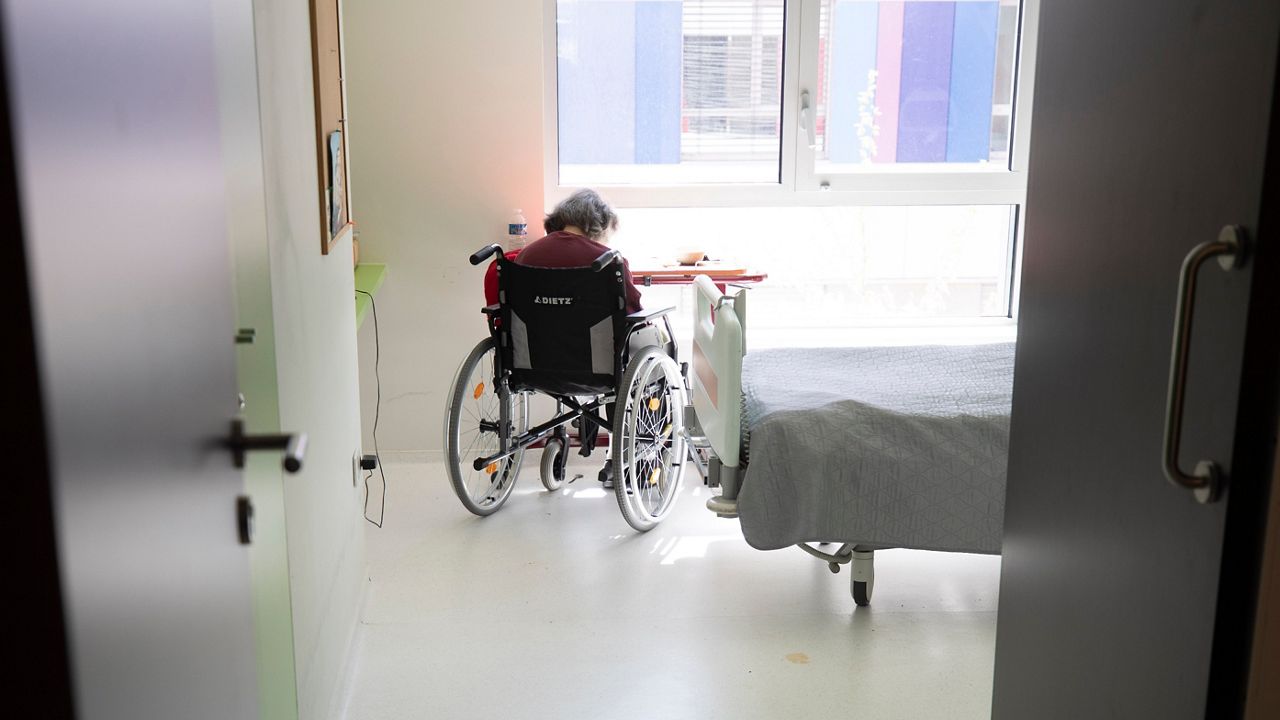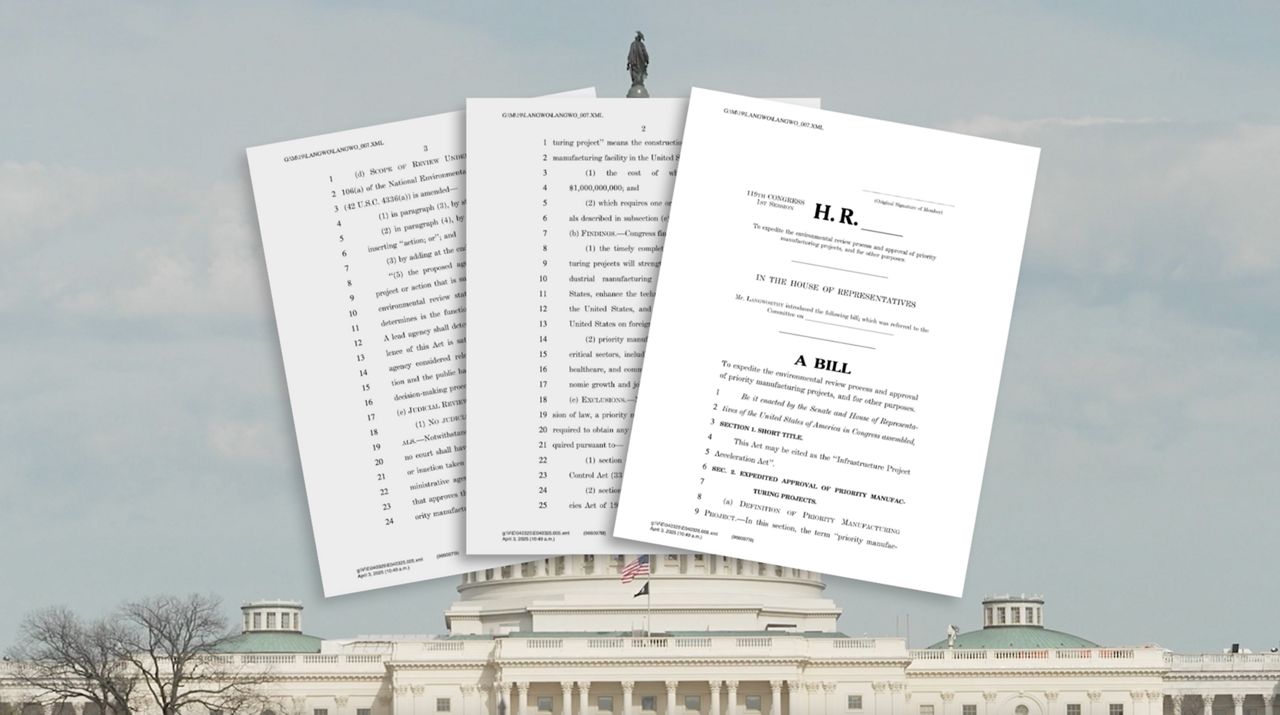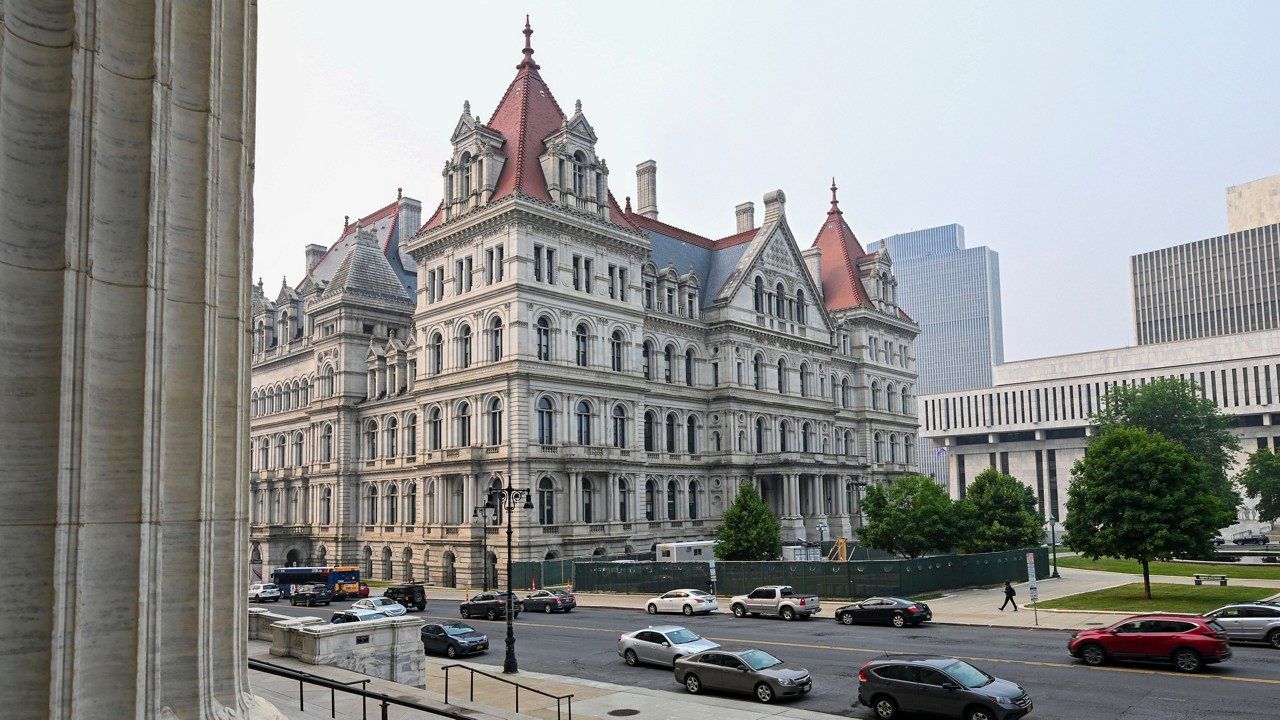As school districts begin to prepare their budgets, they now have a better idea of what they are preparing for.
Questions surrounding foundation aid clouded much of the first part of the year and raised questions about if districts would see their funding levels drop.
We now know that the final enacted state budget rejected a proposal by Governor Kathy Hochul to eliminate hold harmless, also known as save harmless, in favor of a compromise that retained the governor’s adjustment of the foundation aid formula’s inflation factor with a slight moderation, while launching a study of the formula to be conducted by the Rockefeller Institute with input from the State Education Department.
The governor and others have critcized the formula for not keeping up with shifts in population nor taking into account district reserves.
The final budget has education leaders breathing a sign of relief, but only temporarily. That foundation aid study is expected to be incorporated into next year’s state budget and there are varying takes on where its focus should lie.
“The governor’s proposal would have taken us many steps in the wrong direction,” State Senator James Skoufis said.
He joined educators in the Hudson Valley Wednesday to drive the point home: Districts can now be sure that no matter what aid is calculated for them, it won’t be less than last year.
School districts will however, see the impact of that adjusted inflation factor. Legislative leaders and the governor ultimately decided on that element being calculated at 2.8% rather than the governor’s proposed 2.4%, or the statistical reality according to the formula, which budget officials have said is closer to 5%.
“It definitely has an impact. We would have loved to see it fully funded, but on the scale of things, districts are going to be able to accommodate that and this year, we expect that districts are going to be voting on budgets that are fully funded,” said Melinda Person, president of New York State United Teachers.
She argued the impact of the inflation factor won’t be nearly as significant this year as if the elimination of hold harmless went forward.
“Programs won’t have to be cut as much as they would have,” she said. “The kinds of cuts we were talking about in individual school districts, those are the things that we were really concerned about.”
Person said she hopes that what lands on desks of lawmakers at the capitol prior to to next year’s state budget is a report that represents a true collaboration between the state education department and the Rockefeller institute, emphasizing that the initial study that led to the foundation aid formula in 2007 was extensive, and this one should be, too.
“I think next year the legislature will begin to grapple with updating various aspects of the formula, and I think it is the right thing to do,” she said.
Meanwhile, Patrick Orecki, director of state studies at the Citizens Budget Commission, said the CBC supported Governor Hochul’s initial proposal, and argues that the idea of hold harmless is still one that needs a second look as populations decline in many districts and needs shift.
“That’s kind of a cog in the formula that sends money where it isn’t needed necessarily, because a local government can contribute more, or enrollment has been going down steadily,” he said.
He, too, is supportive of an effort to revise the formula but encourages the state to look even further than just foundation aid, urging a study of how other funding like expense based aid is distributed.
“Our perspective is that it should always go to where need is the greatest, and we don’t think the formulas do that now,” he said. “Everyone will have different perspectives, but it will be great to have that conversation and see it in a final report later this year.”
Governor Hochul, meanwhile, reiterated an intention to ensure that aid is reaching where it is most needed, once the study is completed.
"Every student deserves a high-quality education in the state of New York," she said. “This budget builds on our record funding for education, lays the groundwork to improve reading proficiency and puts the state on a path to a more equitable school funding formula."









